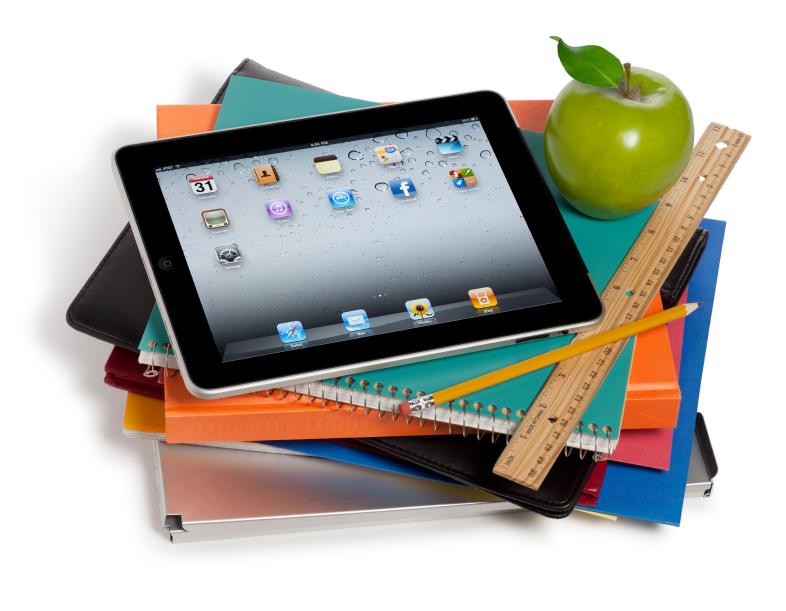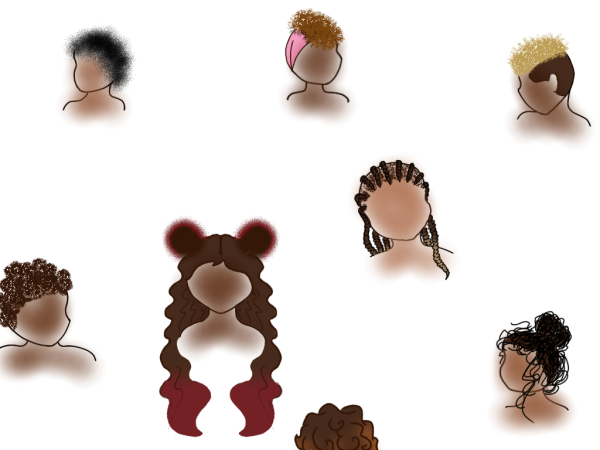Should technology be used in classrooms?
October 5, 2018
Growing up in the 21st century, we are accustomed to being surrounded by technology. It has played a pivotal role in our communication, lifestyle and now our education. Schools all around the nation have begun to integrate the use of technology into classrooms, but is this increase in using technology over traditional supplies such as pens and paper actually helping us learn better?
At Glenbard South High School, every student is assigned an iPad to use throughout their four years at the school. A majority of teachers incorporate these devices in their classrooms, often using applications such as Notability to replace paper worksheets, and a variety of others for different activities. The school also has several computer labs, even one that is only for foreign language classes. With other widely installed features such as Smartboards and Apple Classroom, it is needless to say that technology plays a large role in students’ education here at Glenbard South.
Moreover, technology has the potential to benefit the way students are taught. One way is that technology ensures class participation. Online tools such as Apple Classroom allow teachers to make sure that each student is staying on task, and the use of different online engagement systems help to engage all students, even those who would be too shy to raise their hand in class.
Additionally, technology provides teachers with new approaches for covering topics. In a study conducted by the University of Cincinnati, 65% of teachers said that technology allowed them to demonstrate something they cannot show in any other way, and 74% say that technology allows them to reinforce and expand on content.
Technology can also help with class organization. Applications such as Schoology and Google Classroom make it easy for teachers to inform students about upcoming assignments and exams. Additionally, grading websites like PowerSchool allow students to stay updated on their performance in each class and be immediately alerted when they are missing an assignment or need to makeup a quiz.
Despite the many positives of having access to technology in schools, there are some drawbacks. First off, technology in the classroom can be a distraction. According to Susan Dynarski, a professor of education, public policy and economics at the University of Michigan, college students learn less when they use computers and tablets during lectures. “They also tend to earn worse grades. The research is unequivocal: Laptops distract from learning, both for users and for those around them,” says Dynarski. Additionally, research has proven that writing information out is more likely to be remembered than typing the information out.
Another negative impact is that technology disconnects students from social interactions. For example, technology has the potential to isolate students and decrease the amount of group activities in classrooms. These activities and other interactions are crucial in the development of conversational skills among children, so it is necessary that they continue to be a common occurrence in schools.
While the integration of technology has its upsides and downsides, it is evident that the positives outweigh the negatives by far. Technology is a great way to help teachers and students all around the classroom as it aids them throughout each class. However, teachers should aim to limit these negatives as much as possible and not rely fully on technology alone.


































Matt • May 27, 2019 at 11:25 pm
Nice post about classroom technology. Technology really useful to manage classroom events or activities. It eases the teacher burden. Such as class management software that helps to improve the class admin tasks.
bob uker • Apr 5, 2019 at 11:31 am
world needs more tech, and to make it free to kids!!!